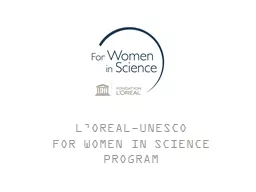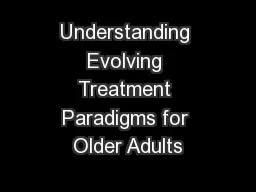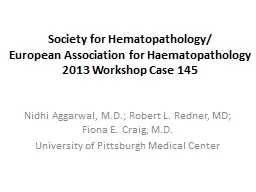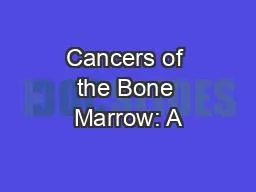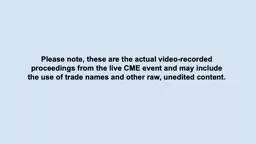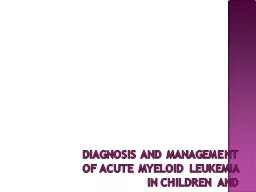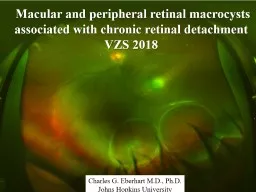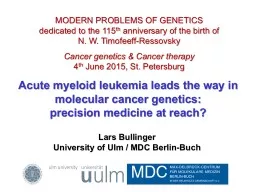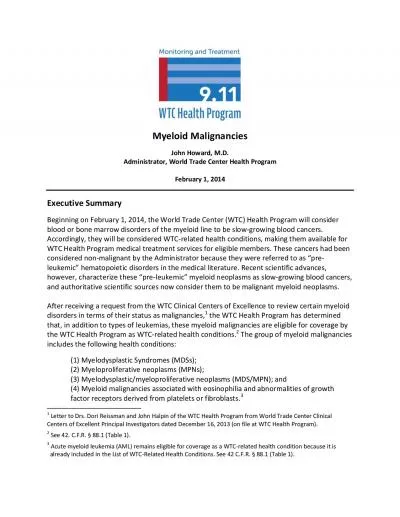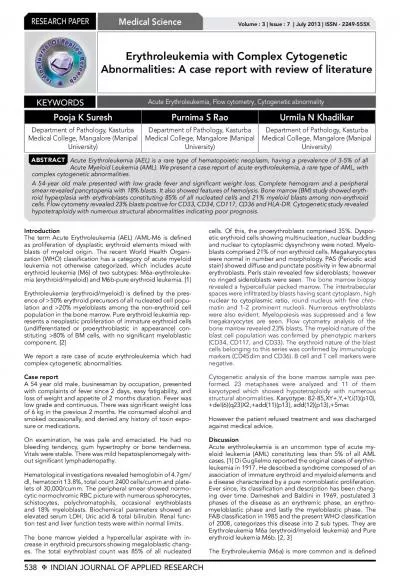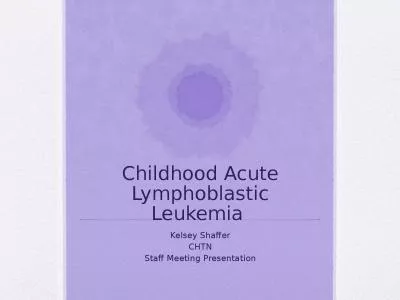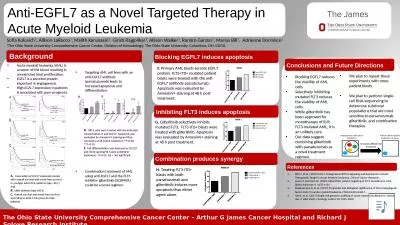PPT-Targeted therapies against Acute Myeloid Leukemia
Author : triclin | Published Date : 2020-06-17
Hiba El Hajj PhD Assistant Professor Departments of Internal Medicine AND Experimental Pathology Immunology and Microbiology Faculty of Medicine American University
Presentation Embed Code
Download Presentation
Download Presentation The PPT/PDF document "Targeted therapies against Acute Myeloid..." is the property of its rightful owner. Permission is granted to download and print the materials on this website for personal, non-commercial use only, and to display it on your personal computer provided you do not modify the materials and that you retain all copyright notices contained in the materials. By downloading content from our website, you accept the terms of this agreement.
Targeted therapies against Acute Myeloid Leukemia: Transcript
Download Rules Of Document
"Targeted therapies against Acute Myeloid Leukemia"The content belongs to its owner. You may download and print it for personal use, without modification, and keep all copyright notices. By downloading, you agree to these terms.
Related Documents

